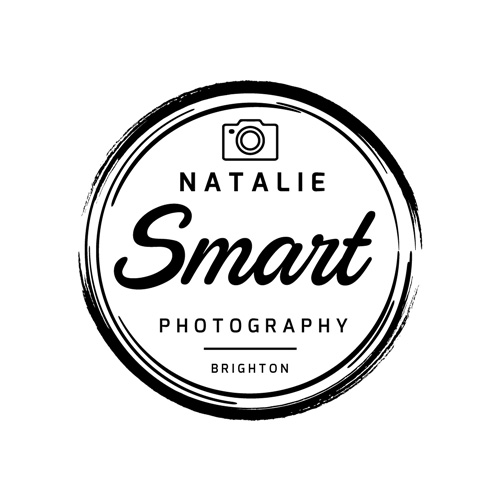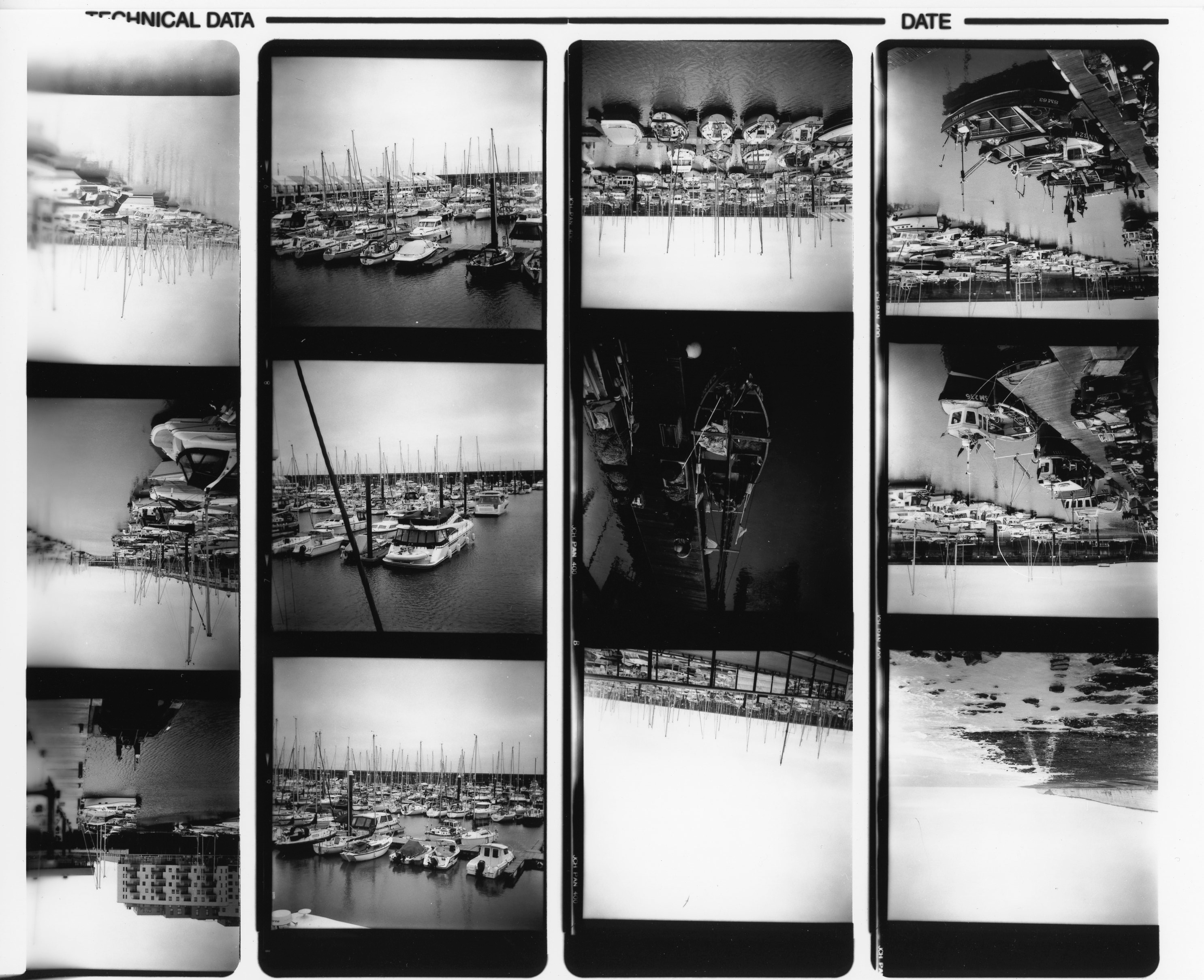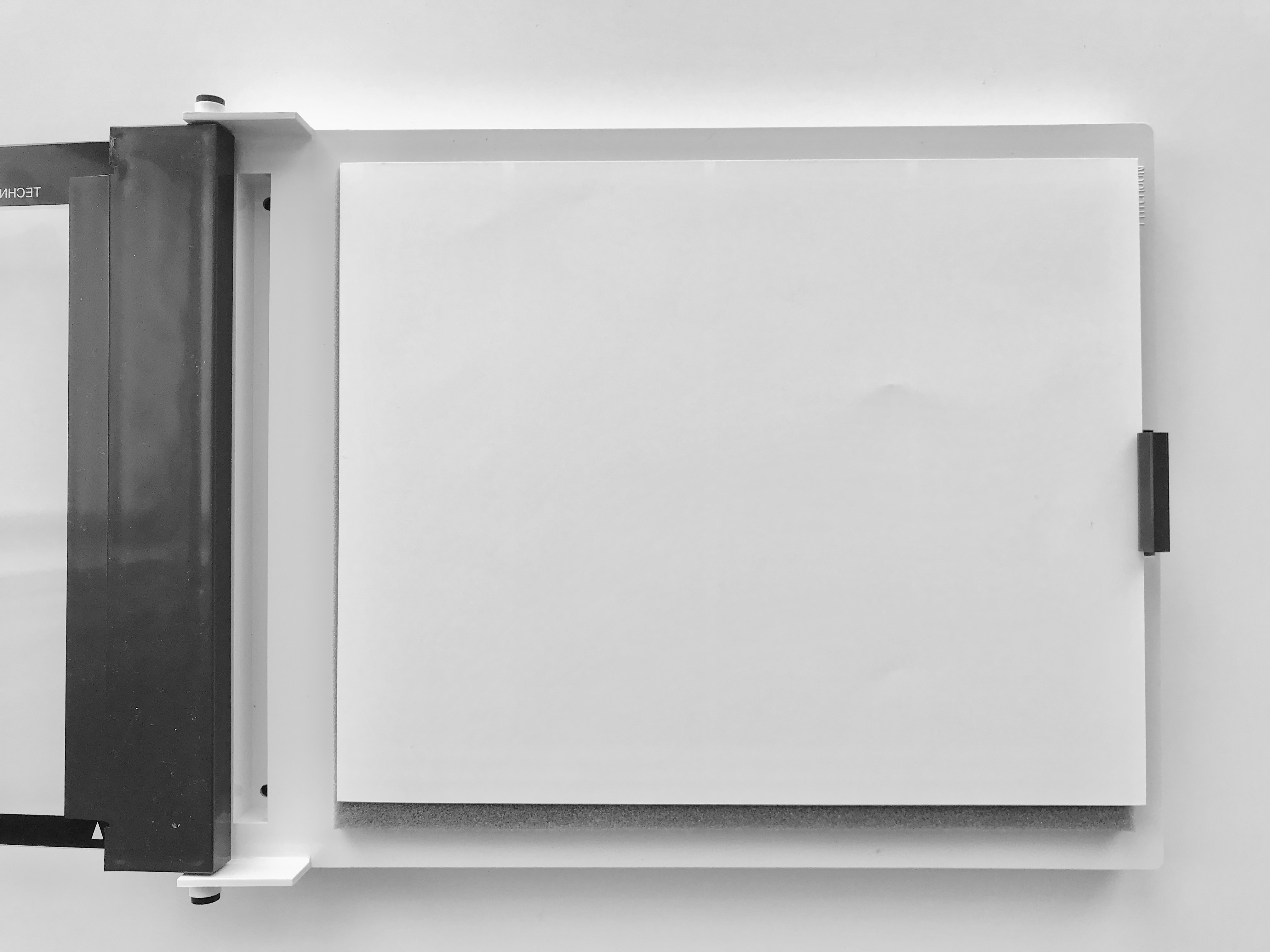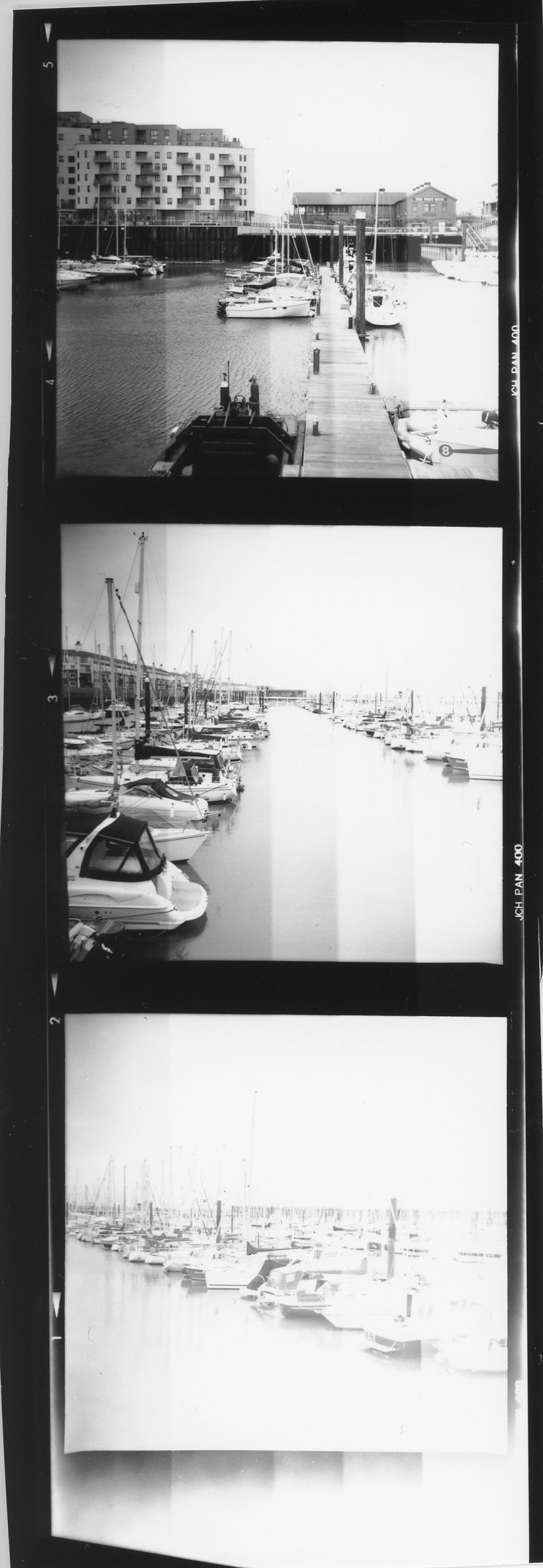Since the beginning of my journey into film photography last April, I knew at some point, if the passion didn’t fade, that I would want to invest in a higher end film camera.
I had originally started off with my beloved Pentax K1000 as I knew I wanted a 35mm SLR camera and since this is a fully manual camera, I learnt lots about Aperture in relation to Shutter Speed and ISO with the help of the built in light meter in the camera.
Apart from my investment in some nice instant cameras such as the Leica Sofort and Polaroid SX-70 I suppose my next investment and step up into a film camera was my much loved Olympus Pen FT half frame camera. I love this camera and the image quality it produces.
In recent months I’ve been really getting into medium format photography. I really love having to think about my composition and how it can work into the square style box.
I think I must have a thing for composing a photo in a slightly different photo size as this is what I love about composing shots with the my Olympus FT.
I suppose my love of the medium format style photos first began when I bought a Diana F+ Camera cheaply on eBay.
As the months progressed I then bought another Lomography style camera, the Lubitel 166B which was originally meant to be a present for my husband as he had taken an interest in this camera but couldn’t get on with it when he tried it so I persevered and began using it.
I love the square format of the photos and I was starting to use more black and white film in it since I knew I wanted to do more darkroom work.
I always thought when investing in a high end camera it may be one of the Leica 35mm film cameras but my heart was telling me to invest in a medium format camera.
As we all know, there is so much choice in the medium format world. You can get fairly decent medium format film cameras ranging from a few hundred pounds right up to thousands of pounds.
If you had asked me in the summer of last year which high end medium format camera I would ever consider buying, I would have said the Pentax 67 which isn’t technically square but I was already in love with Pentax since owning the K1000 and thought I would love the fact the camera style and viewfinder can be used like a 35mm SLR camera.
However, I was fortunate enough to try out somebody’s Pentax 67 camera last year during a photography walk in Brighton. I knew instantly that it wasn’t for me. The main reason……because it was too heavy and big! I really struggled to hold that camera up to my eye and I knew that I would never use it or take it out with me if I owned one.
I had always thought that I would never like a ‘shoot from the hip’ style camera as that just seemed too weird to me to take a photo. However, after using the Lubitel 166B, I realised I loved taking photos in this way which I was really surprised at!
I then looked at potentially investing in a decent TLR camera and again was fortunate enough to have a friend who owns a decent Yashica TLR. However, on trying this, the dial placement just didn’t feel natural to me. I can’t really explain why as the picture quality and image in the viewfinder was much better than the Lubitel but I wasn’t falling in love with it. Also, I knew at some point I would like the option of interchangeable lenses. I know some of the TLR’s have this option but I just wasn’t feeling it.
I then looked at the various Bronica’s and Kiev’s at my local camera shop. Clocktower Camera’s had several for sale but again, on looking at each one, I just wasn’t feeling them.
I’m sure there are still loads and loads of medium format cameras I could have tried but by this point I started to consider the Mamiya and Hasselblad cameras.
Whilst I think the Hasselblad camera looks extremely stylish and I love the modular system, I really thought it wouldn’t be the camera for me either. Nowhere locally had one for me to try out and I didn’t know anyone that owned one although one of my friends used to own one years ago and told me how great they were.
Back in December I met up with one of my camera buddies for taking photos around London and we decided to head to the Camera Museum in Museum Street in Holborn so I could check out their Hasselblad collection as they specialise in repairing Hasselblad’s and also sell them.
The staff were really helpful in there and talked me through the different Hasselblad cameras from the more modern ones, to the V series.
Once I held one of the V series one’s (the 500 C/M to be exact) I instantly fell in love! I had seen the prices so knew I would only want to spend within the budget of the 500 C or C/M and I liked the fact they are fully manual which is what I personally look for in a film camera.
I was amazed at how light weight it was for a decent medium format camera! I was easily able to hold it with my left hand and turn the lens and fire the shutter with my right. It felt great. I loved the viewfinder which was very bright and clear, almost like looking at a television screen. The whole camera felt very natural to me.
The quality of the camera was amazing, it felt well built and not at all plastic.
I was very honest with the camera shop and admitted I didn’t have the funds to buy one there and then but that didn’t seem to bother them with the time they took going through the various camera’s with me which was lovely and helpful of them.
Even if I had the funds there and then I would have held back from purchasing one because I knew I needed to do more research. Also, the 500 C/M model from 1981 that I tried in the shop wasn’t in the best of condition cosmetically (although the price they were selling it for reflected that).
I had a lot of chats with different people about the Hasselblad cameras including one of my ex photography tutors who is also a professional photographer and does freelance work for companies such as Sunseeker Yachts and I really like his photography so I value his opinion. He knows my style of photography and also knows you can take photos hand held with this camera and he couldn’t find a bad word to say about this camera either. He also checked with a friend who owned a 500 C/M for quite a number of years before moving to digital and he also only had great things to say about the photo quality and use of the camera etc.
My ex tutor did say that for several hundred less the Bronica’s are quite good but he said I need to go with what I’m feeling and if I settled for a Bronica, I would only end up pining for a Hasselblad so would never be quite happy with the Bronica and I agreed with him.
I could have easily bought a Bronica since I had sufficient funds for one of those but I decided to be patient and save for the Hasselblad.
By this point I had also decided the Mamiya wasn’t for me. Although I had done much research on the different models and heard great things about those camera’s which I know are used by a lot of professional film photographers today. I suppose we have to just listen to what we would like rather than what everyone tells us is best for us and what we should like. Quite frankly my gut told me, buy the Hasselblad.
Through out January, I sold off a load of stuff I’d been meaning to sell for the past year and now I finally had an incentive to do it.
By last week I had made enough money to buy a Hasselblad 500.
I had already decided in my research that I wouldn’t buy a 500C, purely because I wouldn’t be able to change the viewfinder myself and I knew this may be something I possibly would want to change for a particular type of project at some point so it was going to be a C/M model.
I next had to decide on the type of lens as I initially liked the look of the original Chrome lenses but after further chats with the guys at the Camera Museum I discovered that they don’t have the special multicoated layer on the lens so I wouldn’t get as much contrast on clouds etc as I would with a later C T* lens (which are black not chrome). There is also a slightly later lens known as the CF and I was told the image quality wouldn’t be any different to the C T* but it just turned differently so it was personal preference on what style I would like out of these two. The CF lens is also a bit bigger which put me off and is also slightly more expensive so as a newbie to the Hasselblad system, I was quite happy to have a C T* lens when I bought my camera. I also knew for now, I would be happy with the standard 80mm lens since I had tried out the different size mm lenses (from the more zoom type to the wider angle) at the shop and got an idea of the scope of photo I could take through each one.
I already knew that I wanted to buy my camera from the Camera Museum, as they had been really helpful. Also, they provide new light seals with every second hand camera (which would normally cost £80 plus VAT if you asked them to do these for one of your Hasselblad’s) and they provide a 6 month warranty in case of any failures in the camera.
Since I would be spending quite a bit of money, I knew I wanted a warranty. I also knew I wouldn’t be getting any bargains on eBay or Gumtree as they were all going for the same price as what the Camera Museum was charging, if not more on some of them!
Whilst saving for one, the Camera Museum had listed a 500 C/M model for sale which was in a condition I was happy with (unlike the one I viewed in December). This particular model was from 1978 which again, I was happy with. After having a chat with them on Wednesday, I got on a train that morning and tried it out. I spent over an hour with them going through the workings of it. I was extremely impressed by the overall condition, especially the back curtains as you can see in the photo below:

We went through all the shutter speeds which seemed to work perfectly. I was also warned about potentially jamming the camera if I take the lens off and it’s been fired and the camera hasn’t etc so I need to make sure they all match before putting back together. So currently I’m a bit scared of accidentally doing this but hopefully I won’t!
Needless to say I purchased the camera along with a nice original thick Hasselblad strap in excellent condition to give me good support as again, the joys of visiting an actual shop rather than buying the camera online meant that I could try out various straps. I had liked the look of the thin leather strap but after trying it, the camera easily slipped off my shoulder and it just didn’t feel that well supported so I knew that I would need the thicker strap.
They also gave me a free black and white film which I loaded into the camera in front of them so they could make sure I did this properly. It also meant I was ready to go and shoot. I would have loved to have taken some shots in London but I had to rush back to Brighton on the train before rush hour ensued so I used the film locally.
I’ve since got the roll of film developed and am extremely happy with the results. I’ll be blogging about this separately since this blog is really long so thank you to everybody who has taken the time to read it.
For anybody interested in purchasing a Hasselblad, accessories or who would like some more information about the camera or getting a repair done, their website is:























































